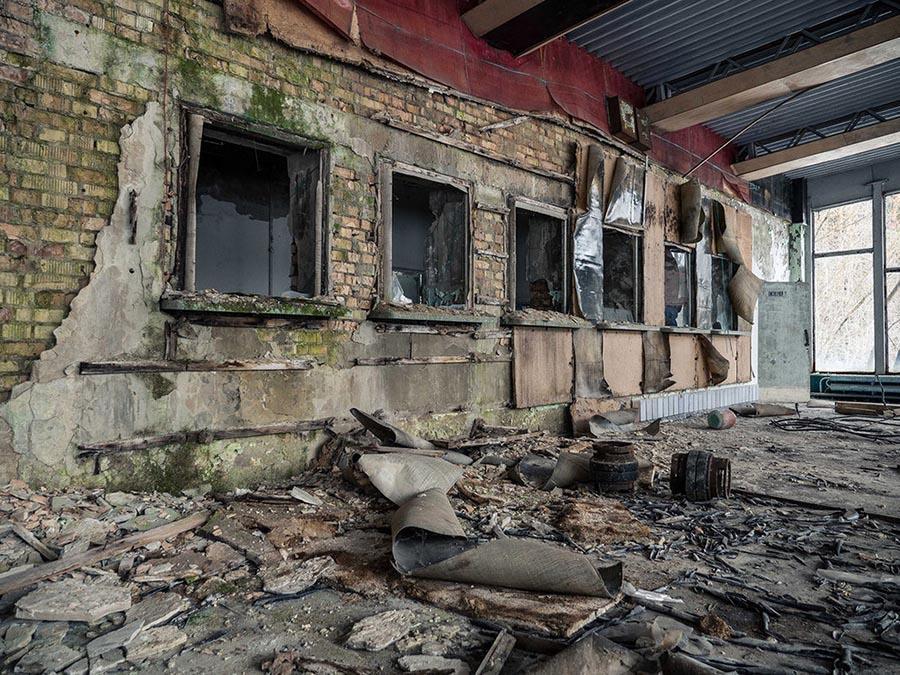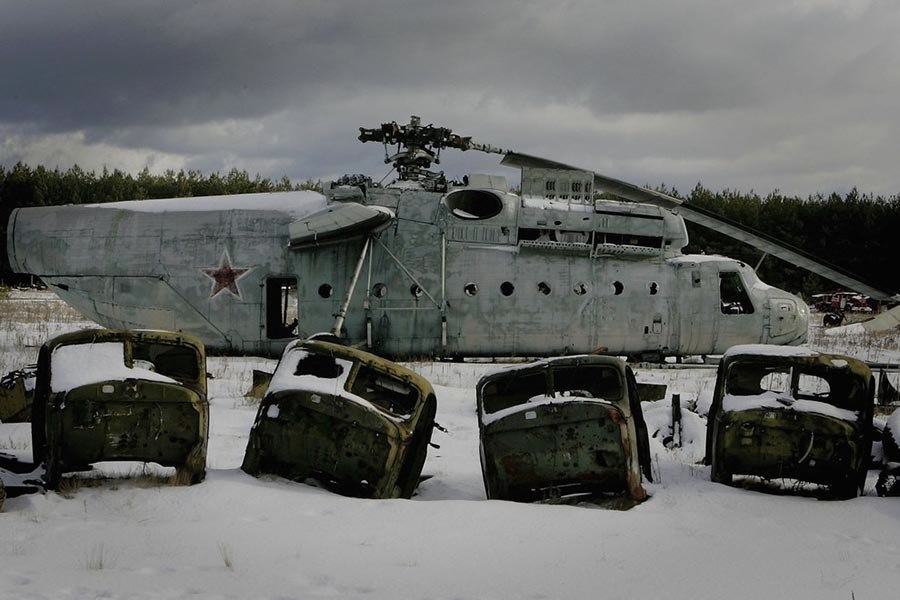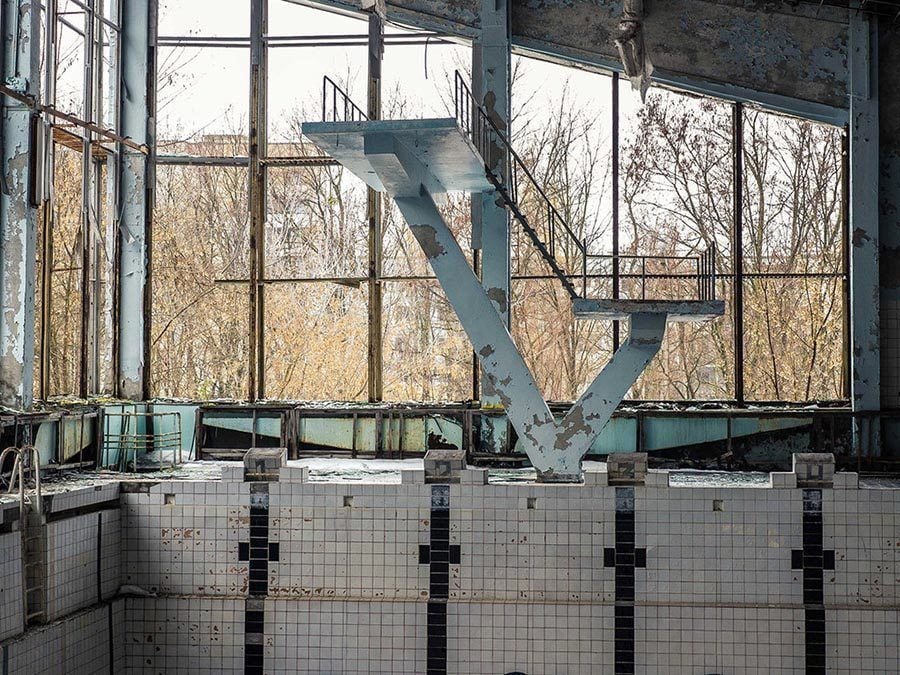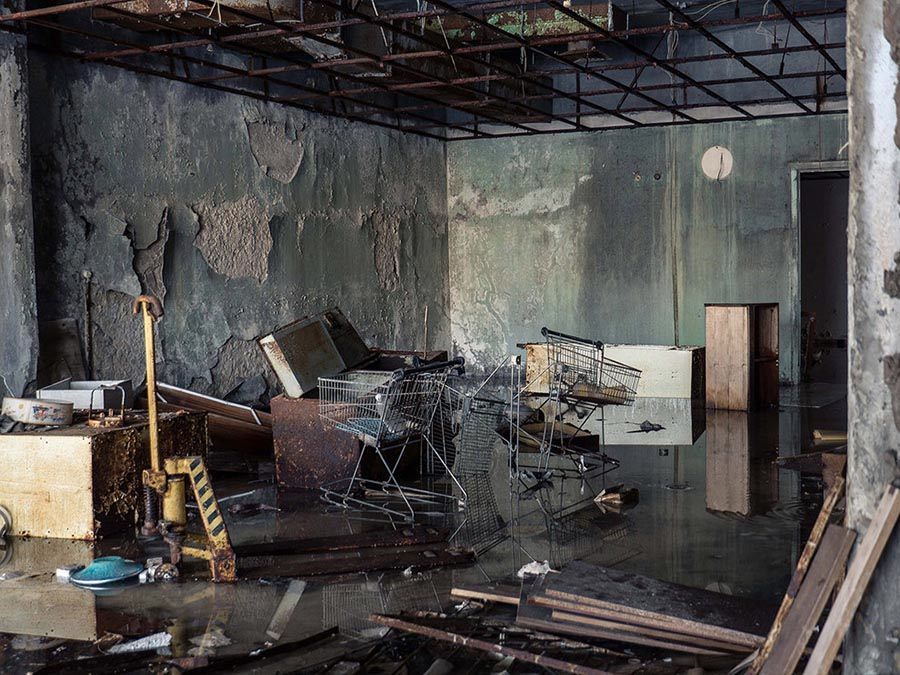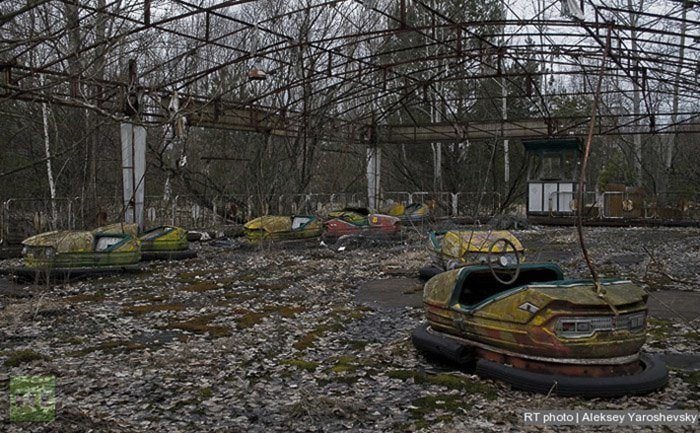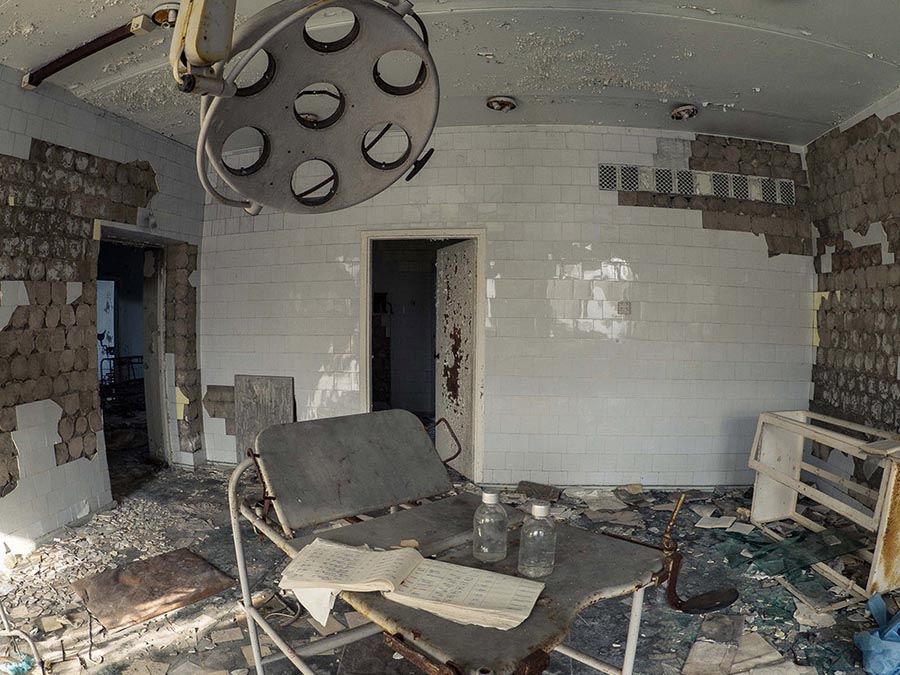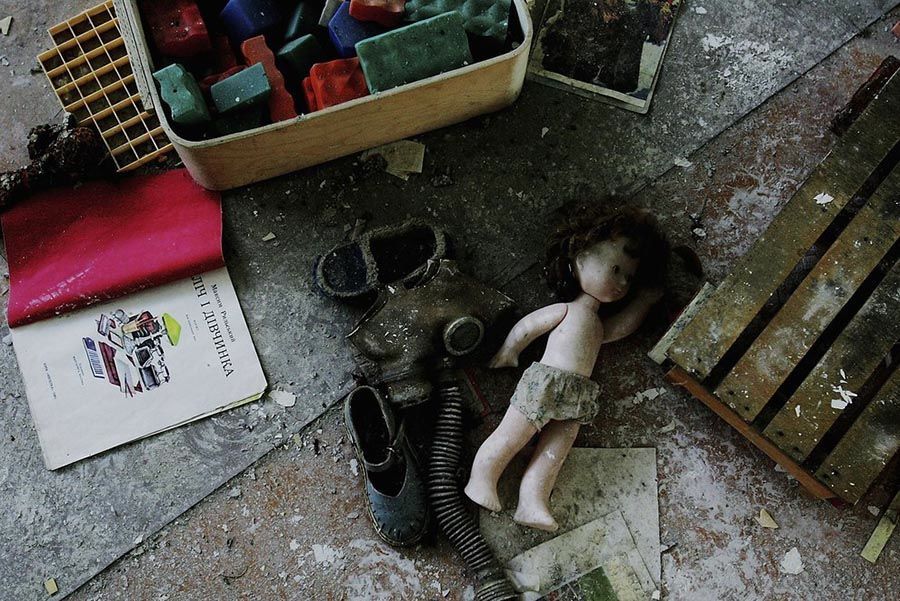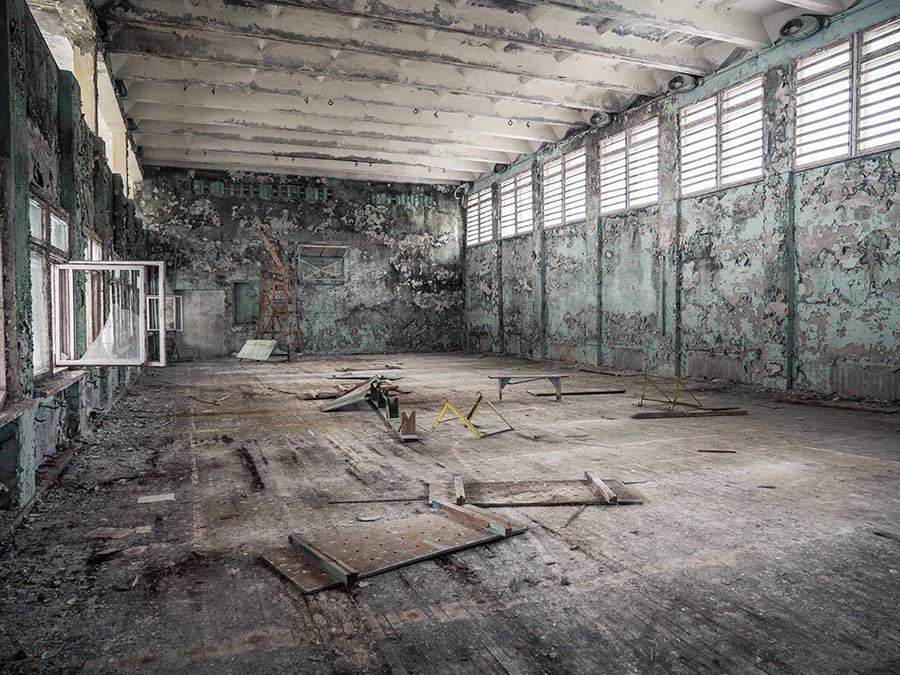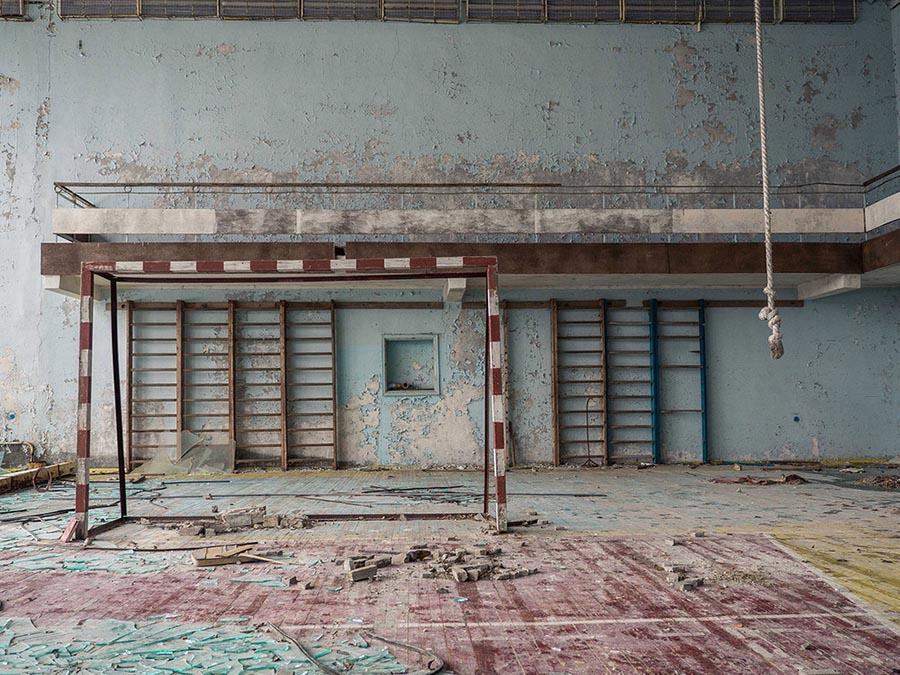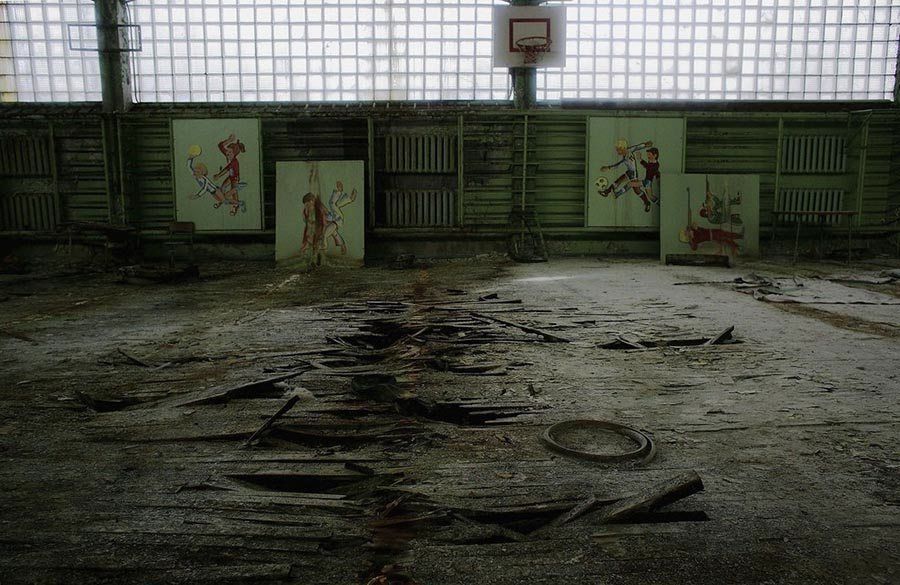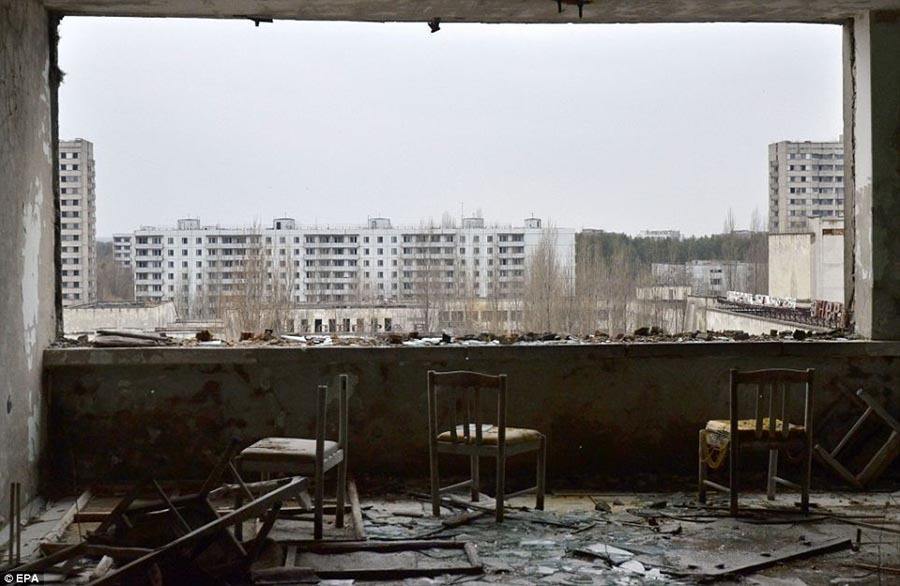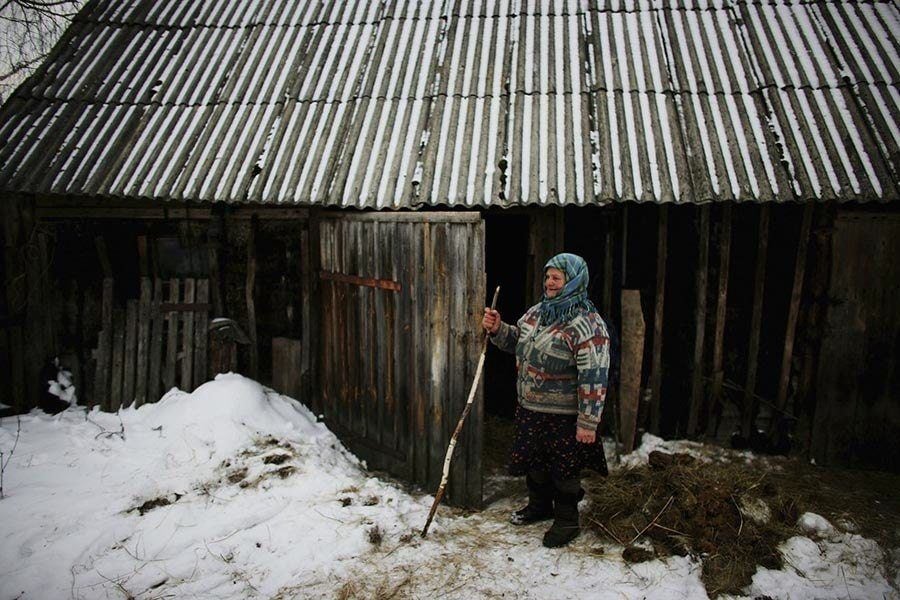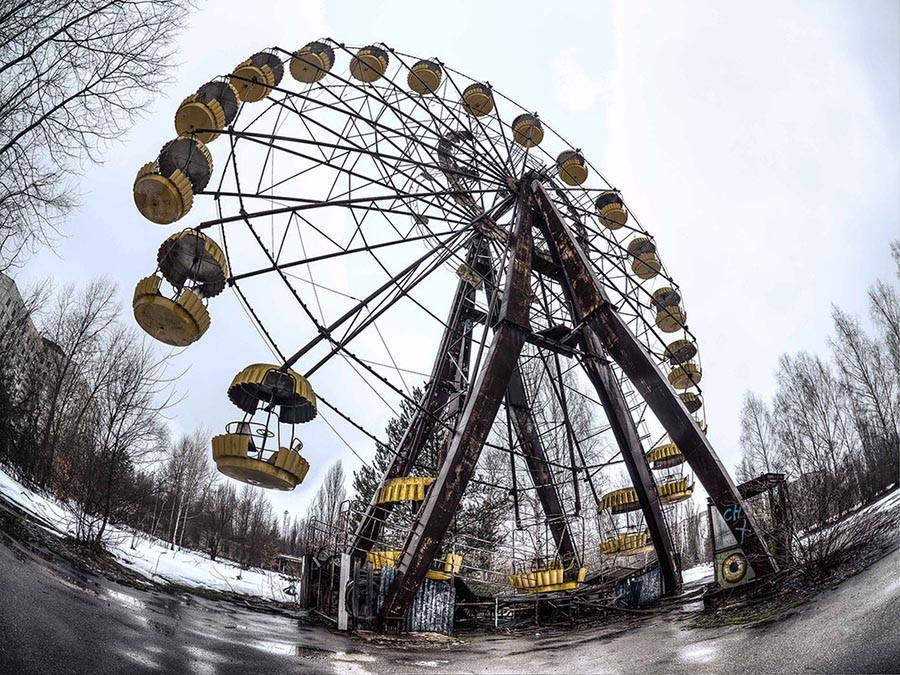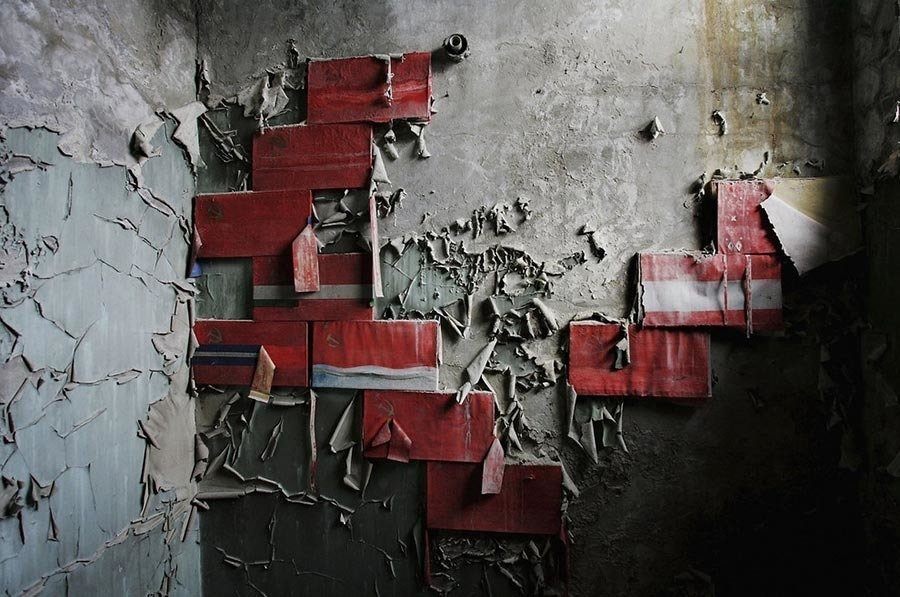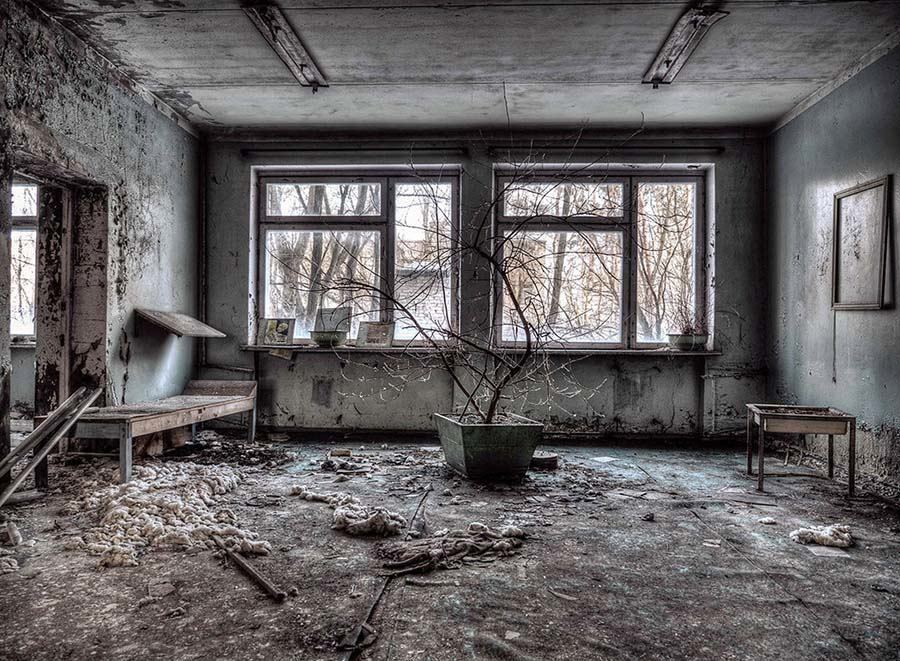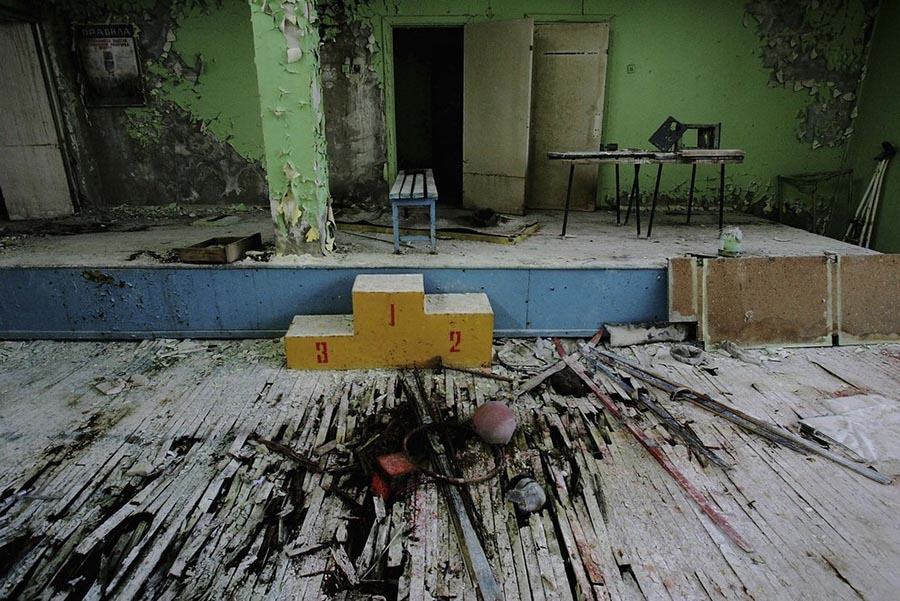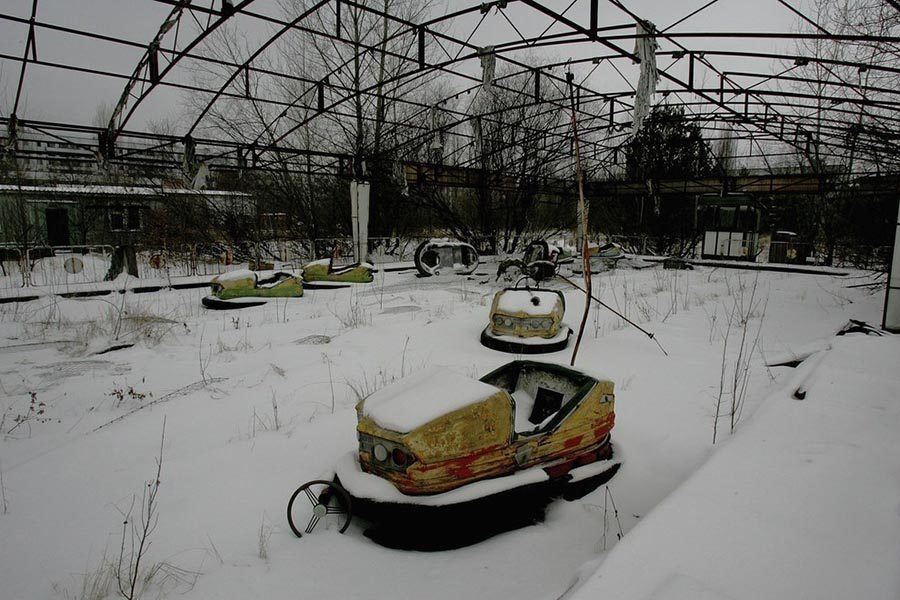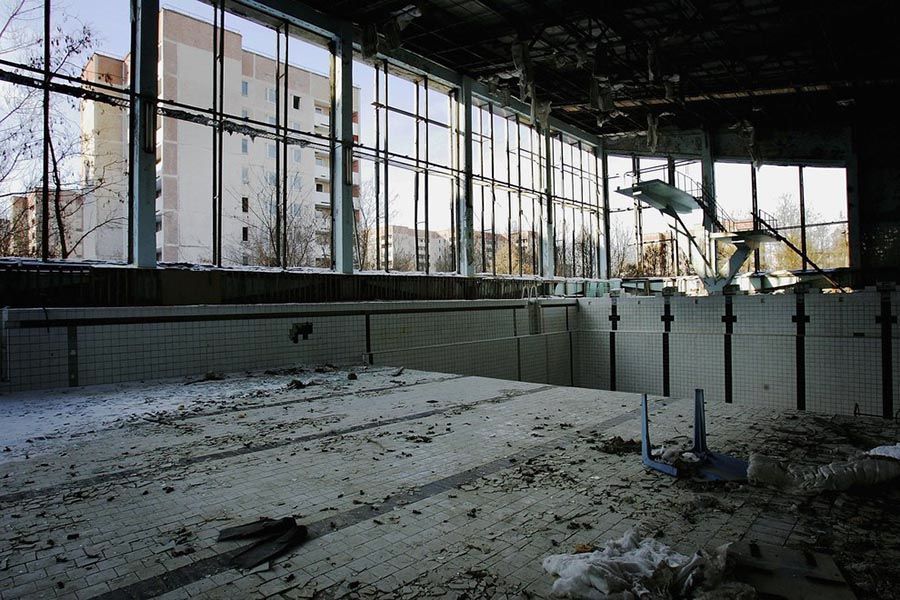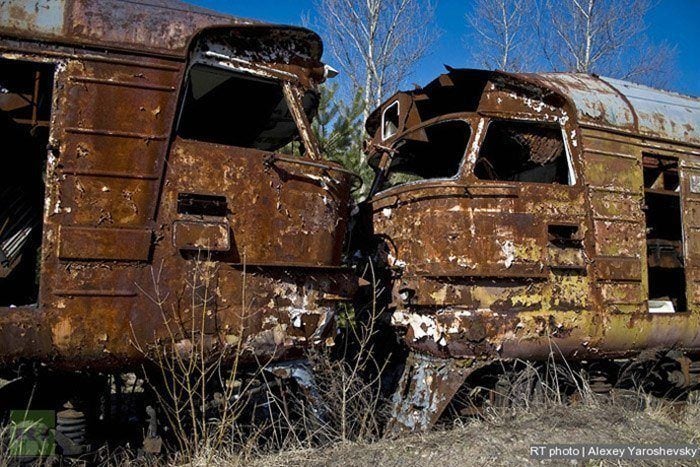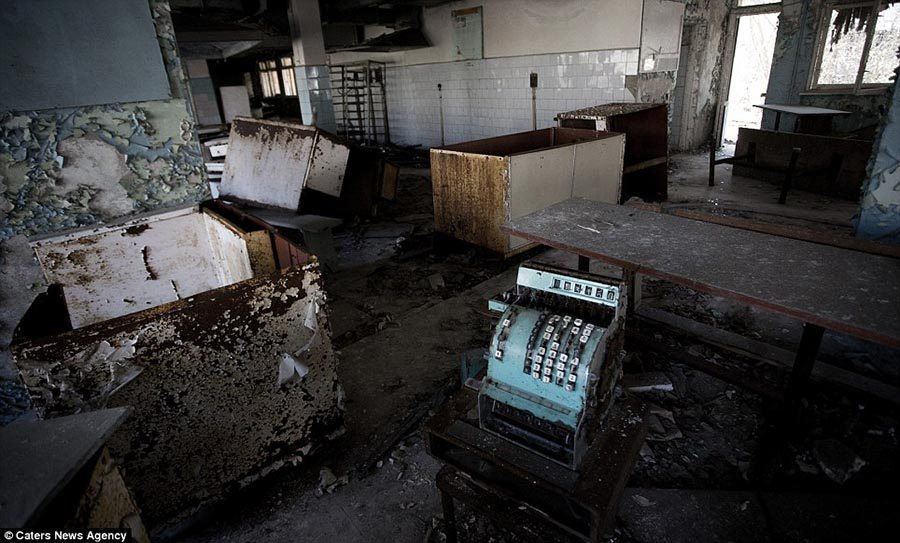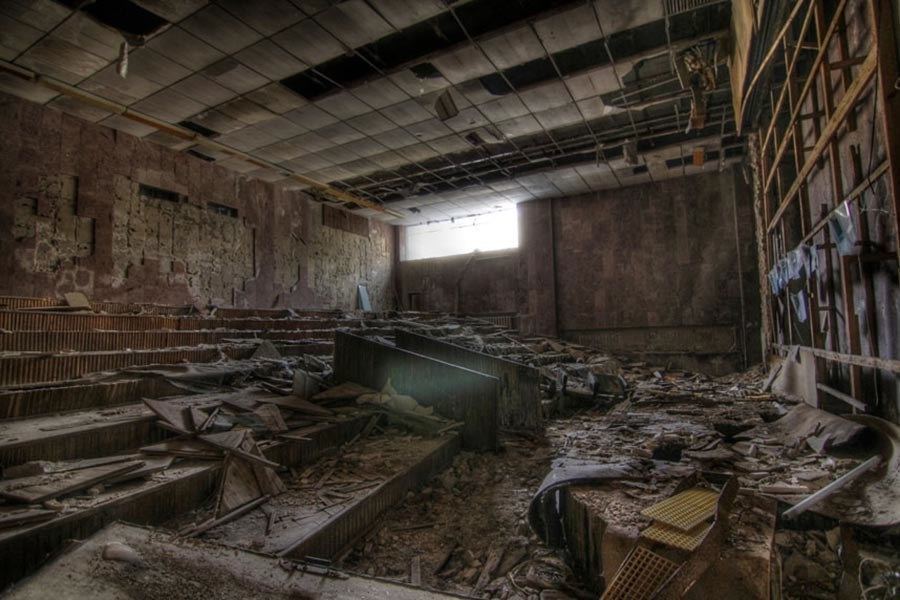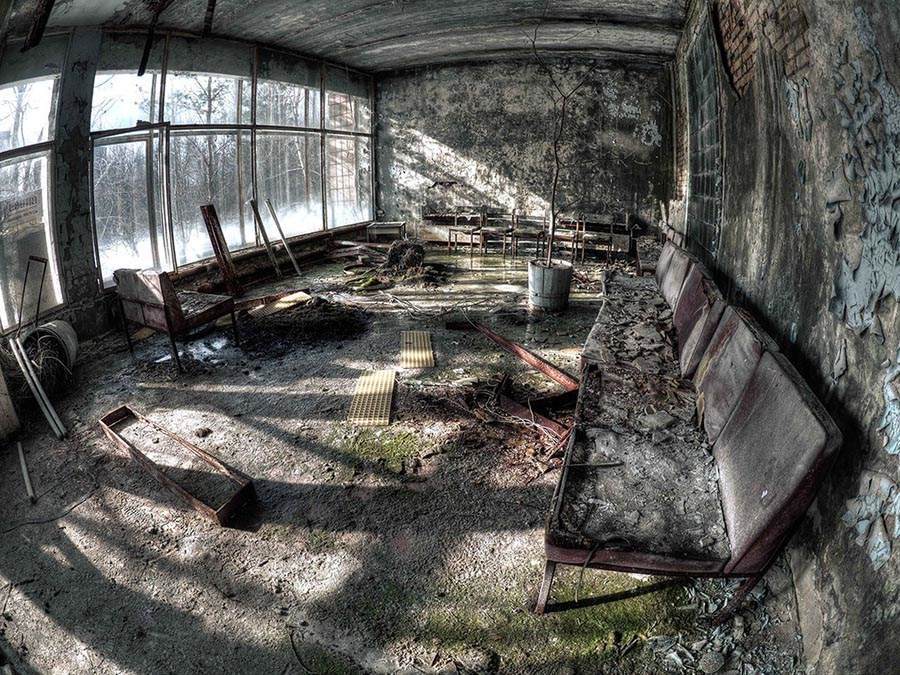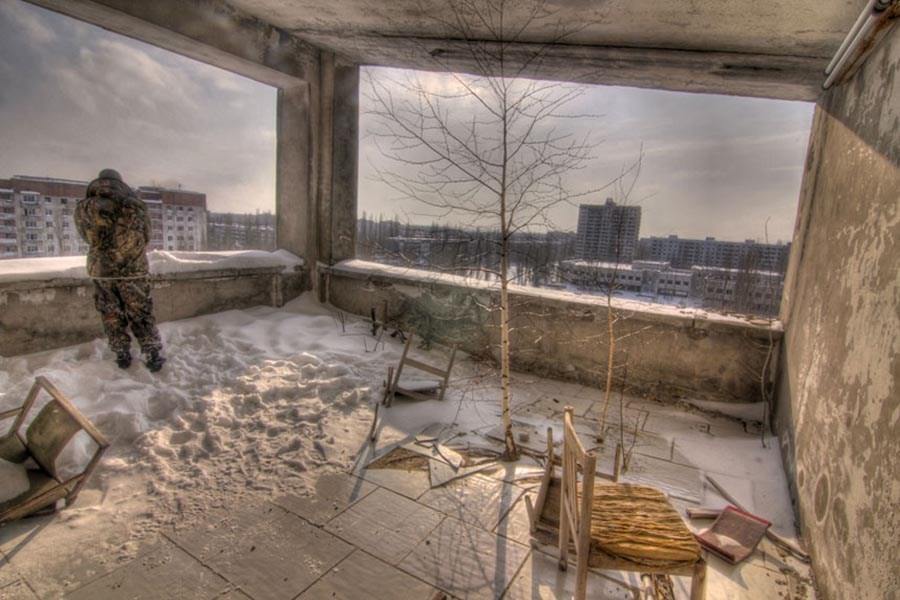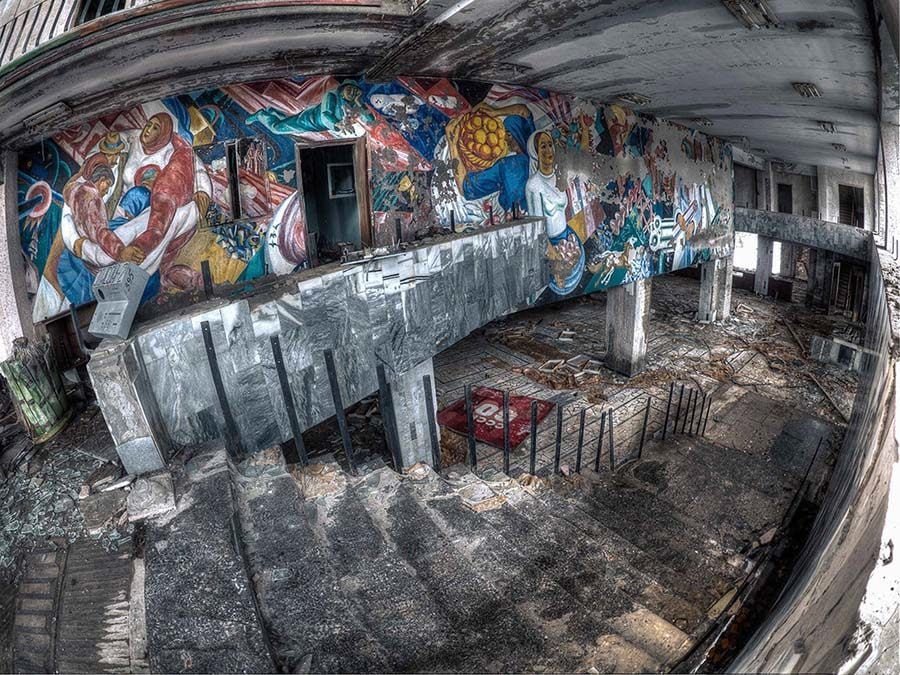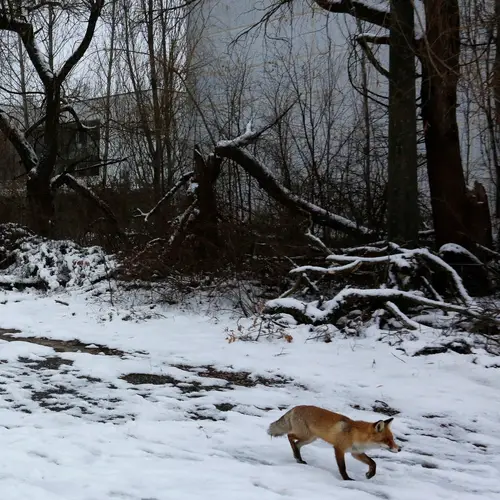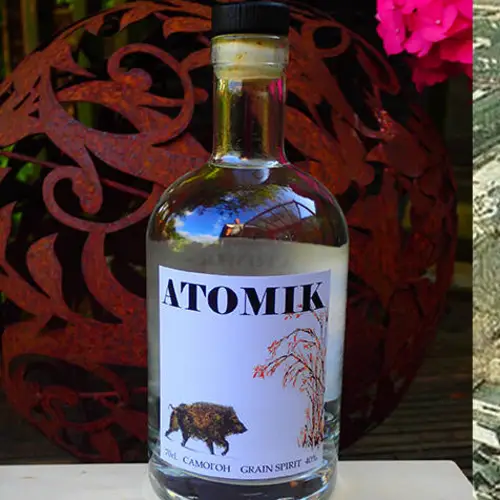After the April 1986 nuclear disaster, a 30-kilometer zone around Chernobyl was completely abandoned. This is what it looks like today.
More than 30 years have passed since the 1986 nuclear disaster at Chernobyl became the most devastating catastrophe of its kind in history. Hundreds of billions of dollars have been spent on cleanup and literally untold thousands of people have been left dead, injured, or sick — and the area itself still remains a veritable ghost town.
Chernobyl today is indeed a place long since abandoned, yet it is still full of relics of its tragic past. Pripyat, the town forged next to the nuclear plant, was meant to be a model nuclear city, a testament to Soviet strength and ingenuity.
Now it's known only as the Chernobyl exclusion zone, forcibly devoid of humans and since retaken by animals and nature itself.
As documentarian Danny Cooke said upon taking footage of the area just a few years ago, "There was something serene, yet highly disturbing about this place. Time has stood still and there are memories of past happenings floating around us."
Welcome to Chernobyl today, an empty shell haunted by its disastrous past.
How The Chernobyl Disaster Happened

SHONE/GAMMA/Gamma-Rapho via Getty ImagesView of the Chernobyl nuclear power plant after the explosion, April 26, 1986
The trouble started on the evening of April 25, 1986. Several technicians began running an experiment that started with a series of small mistakes and ended up having cataclysmic results.
They wanted to see if they could run reactor Number 4 on very low power so they shut off both the power-regulating and emergency safety systems. But with the system running at such a low power setting, the nuclear reaction inside became unstable and, just after 1:00 a.m. on April 26, there was an explosion.
A large fireball soon burst through the reactor lid and huge amounts of radioactive material were unleashed. Some 50 tons of highly hazardous material shot into the atmosphere and drifted far and wide via air currents while the fire ravaged the plant below.
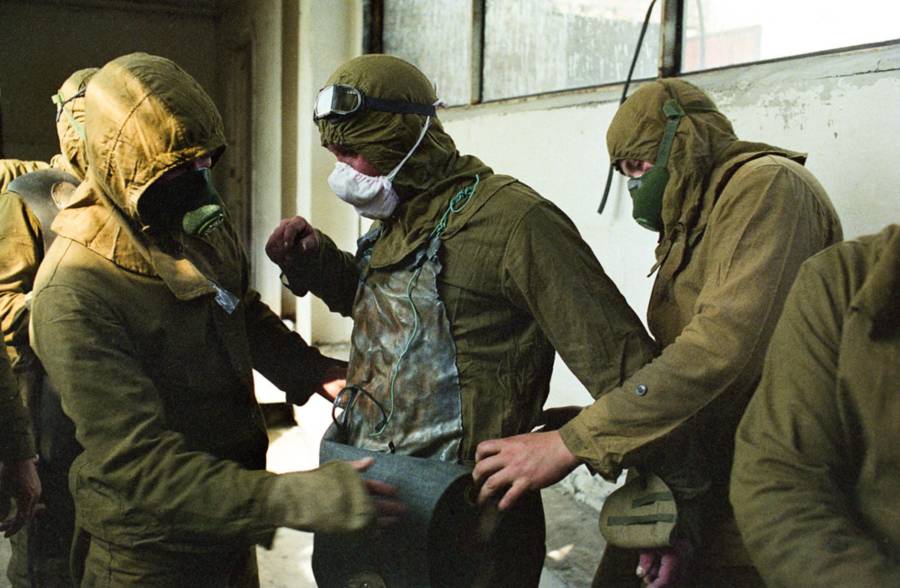
IGOR KOSTIN, SYGMA/CORBIS"Liquidators" preparing for cleanup, 1986.
Emergency workers toiled inside the deadly reactor while officials organized an evacuation of the surrounding area — albeit one that didn't take effect until the following day due to poor communication and an attempted cover-up of the cause. That cover-up saw Soviet authorities attempt to flat-out hide the disaster until the government of Sweden — which had detected high levels of radiation all the way within their own borders — inquired and effectively pushed the Soviets to come clean on April 28.
By then, some 100,000 people were being evacuated, the Soviets made an official announcement, and the world was now aware of what had quickly become the worst nuclear disaster in history. And the mistakes and mismanagement that both caused the disaster and compounded that disaster in the immediate aftermath left Chernobyl in ruins.
Workers risked their lives in those ruins for more than a week afterward to eventually contain the fire, bury the mountains of radioactive debris, and enclose the reactor inside a concrete and steel sarcophagus. Dozens of people died horribly in the process, but the plant was contained.
The lingering effects, however, had only begun to reveal themselves and shape Chernobyl today.
A Nuclear Ghost Town
The levels of radioactivity inside Chernobyl after the disaster were far too great for any human to stand. Dozens of emergency workers become seriously ill due to the radiation and, over the course of years afterward, untold thousands would follow in their footsteps.
The disaster had released several times more radioactive material into the air than Hiroshima and Nagasaki combined (with harmful radiation drifting as far away as France and Italy). Millions of acres of surrounding forests and farmlands were crippled and anyone even close to ground zero was in serious danger.
So Chernobyl was left all but abandoned. The Chernobyl exclusion zone, encompassing 19 miles around the plant in all directions, soon became a ghost town with buildings left to rot and almost all humans fleeing for their lives.
Surprisingly, perhaps, the other reactors of the plant were soon able to remain online, with the last one even staying operational until 2000. With that, Chernobyl became more of a ghost town than ever — though it has since entered an unexpected new chapter in the years since. Indeed, Chernobyl today perhaps isn't quite what you'd imagine.
The State Of Chernobyl Today
While Chernobyl today is indeed a kind of ghost town, there are various signs of life and recovery that say a lot about its past and its future.
For one, even in the immediate aftermath of the disaster, some 1,200 natives simply refused to leave their home. The government was able to forcibly get most everyone out but, over time and as people who were kicked out just kept illegally returning, authorities eventually resigned themselves to the inevitable: Some people just wouldn't be kicked out.
Over the years since the disaster, the number of those who've stayed has decreased but has remained in the hundreds and there are likely still well over a hundred people in Chernobyl today (estimates vary).
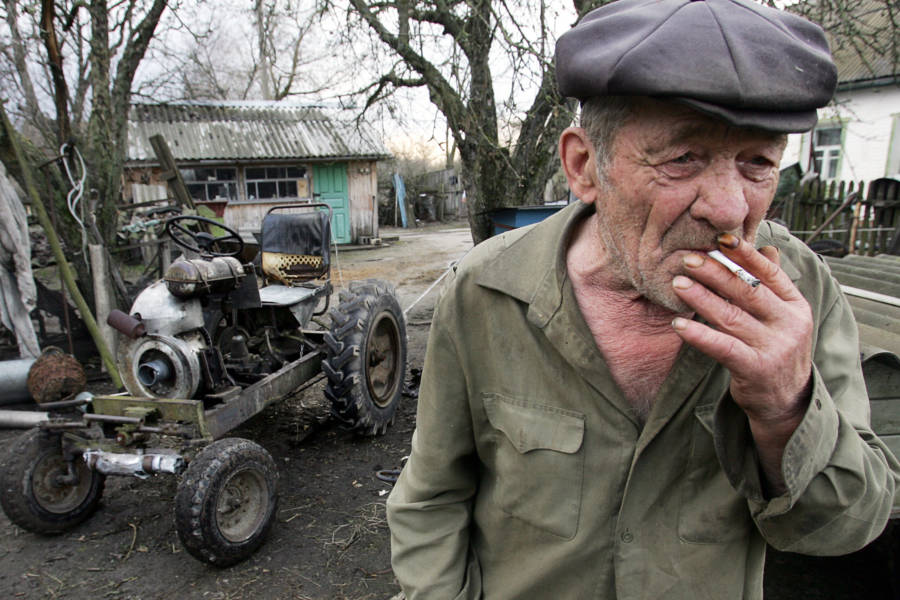
SERGEI SUPINSKY/AFP/Getty ImagesMykola Kovalenko, a 73-year-old resident of the exclusion zone, poses near his homemade tractor.
And, lingering health risks aside, it's apparently not quite the apocalyptic wasteland one might expect. As Hamburg Museum of Art photography expert Esther Ruelfs said about Russian photographer Andrej Krementschouk's images captured inside Chernobyl in recent years:
"We look onto a tranquil, peaceful world, a positively paradise-like, apparently pre-industrial idyll. Humans live in close symbiosis with animals, slaughtering takes place at home, apples ripen on the windowsill."
But Chernobyl today is of course not simply bucolic at all. The ever-present effects of the disaster, even after 30 years, are stark and unmissable.
"The water in the calm stretch of river is black as ink," said Ruelfs. "And the toxic yellow of the water in a big pool where children are playing likewise acts as a dire warning of the doom lurking just behind the beatific calm."
Nevertheless, dozens upon dozens of residents remain in Chernobyl today — along with those who sneak in to carry out illegal activities like poaching and logging, the researchers and journalists who get special permission to temporarily visit the area, the tourists who likewise have some limited access, and the recovery workers still toiling away after all these years.
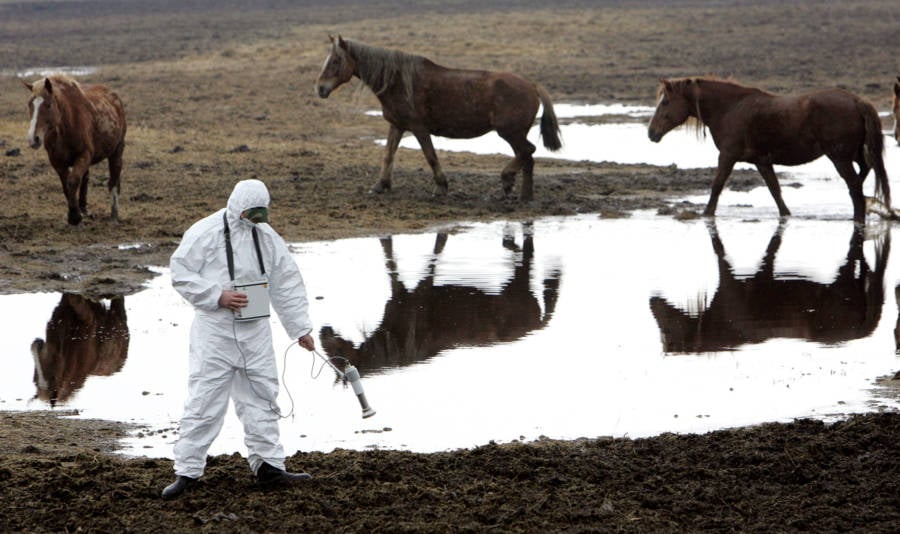
VIKTOR DRACHEV/AFP/Getty ImagesWild horses walk the fields as a worker of the Belarussian radiation ecology reserve measures the level of radiation inside the exclusion zone.
And the humans aren't all that's left in Chernobyl today. Animals — from horses to foxes to dogs and beyond — have begun to flourish in this abandoned area with no humans to keep them in check.
Despite high radiation levels in the area, wildlife populations are free to grow in the absence of human hunting, territory encroachment, and other interference. Experts disagree on the extent to which any populations can weather the radiation in the long run, but for now, the animals are thriving.
Nearly four decades after such an apocalyptic event, life in Chernobyl today has found a way.
Enjoy this haunting look at what Chernobyl looks like today? Check out our posts on beautiful abandoned structures and staggering photographs of abandoned Detroit.
